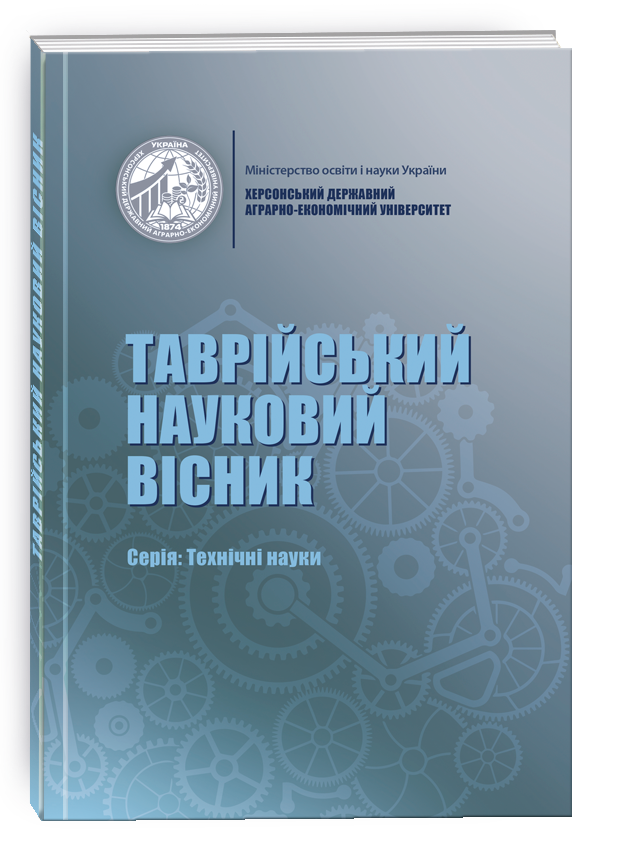THE USE OF DERIVATIVE PRODUCTS OF THE PROCESSING OF SEA – BUCKTHOR IN THE MANUFACTURE OF BUNS
DOI:
https://doi.org/10.32851/tnv-tech.2022.4.12Keywords:
butter buns, osmotic dehydration, Hippophae rhamnoides L., food additives, amino acid composition.Abstract
One of the promising ways of improving the quality and expanding the assortment of bakery products is to enrich them with non – traditional types of plant raw materials, which contain a balanced complex of minerals, vitamins and other biologically valuable compounds, characterized by high nutritional, taste and other properties. The purpose of this study is to develop a technology for making buttery buns with increased biological value based on the derivatives of Hippophae rhamnoides L. The method of processing sea buckthorn berries into powders is proposed and the influence of the derivatives of Hippophae rhamnoides L. on the technological properties of the finished products is investigated. To determine the effect of sea buckthorn powder on the quality indicators of butter buns, standard methods of organoleptic and physicochemical quality indicators were used. The paper proposes a method of processing the fruits of Hippophae rhamnoides L., which involves preliminary freezing, osmotic dehydration of the berries in a concentrated sugar solution (70%). At the same time, part of the water (10–15%) is removed from the berries, which allows to reduce energy costs for the drying process. The peculiarity of this study is the study of the amino acid composition of derived products of sea buckthorn processing and the substantiation of the possibility of their use for the enrichment of bakery products. It was established that the largest amount of the following amino acids, g/100g, goes into the derived products of Hippophae rhamnoides L. processing: serine – 0.45; proline – 0.49, aspartic acid – 0.88, glutamic acid – 12.9 and threonine 0.3. Drying allows to increase the concentration of amino acids in the processing products of Hippophae rhamnoides L. berries. The obtained powder can become a food additive with good organoleptic properties, capable of increasing their biological value.
References
Ивлева О.Е. Влияние жмыха плодов облепихи на технологические свойства булки сдобной. Международный научно-исследовательский журнал. 2020. № 7(97). P. 156–159. DOI: 10.23670/IRJ.2020.97.7.025.
Samilyk M., Demidova E., Bolgova N., Savenko O., Cherniavska T. Development of bread technology with high biological value and increased shelf life. Eastern – European Journal of Enterprise Technologies. 2022. № 2(11(116)). P. 52–57. URL: https://doi.org/10.15587/1729 – 4061.2022.255605.
Алексеева С.С., Соломаха С. В., & Наумова Н. Л. Применение порошка из сублимированной облепихи в рецептуре хлебобулочных изделий. Вестник Камчатского государственного технического университета. 2021. № 56. P. 6–18. DOI: 10.17217/2079-0333-2021-56-6-18.
Конева, С. И., & Мелёшкина, Л. Е. Влияние облепихового шрота на углеводно-амилазный комплекс теста и показатели качества хлеба из смеси ржаной и пшеничной муки. Вестник Красноярского государственного аграрного университета. 2020. № 11(164). Р. 190–196. DOI: 10.36718/1819-4036-2020-11- 190-196.
Шевелева Т. Л. Влияние внесение продуктов переработки облепихи на качество пшеничного цельнозернового хлеба. Вестник Красноярского государственного аграрного университета. 2021. № 11(176). P. 247–253. DOI: 10.36718/1819- 4036-2021-11-247-253.
Samilyk М., Demidova E., Bolgova N., Kapitonenko А., Cherniavska T. Influence of adding wild berry powders on the quality of pasta products. «EUREKA: Life Sciences ». 2022. № 2. P. 28–35. DOI: 10.21303/2504-5695.2022.002410.
Самілик М. М. Вплив осмотичної дегідратації на амінокіслотний склад Sorbus aucuparia. Таврійський науковий вісник. Серія: Технічні науки. 2022. № 3. P. 168–174. URL: https://doi.org/10.32851/tnv-tech.2022.3.19.







